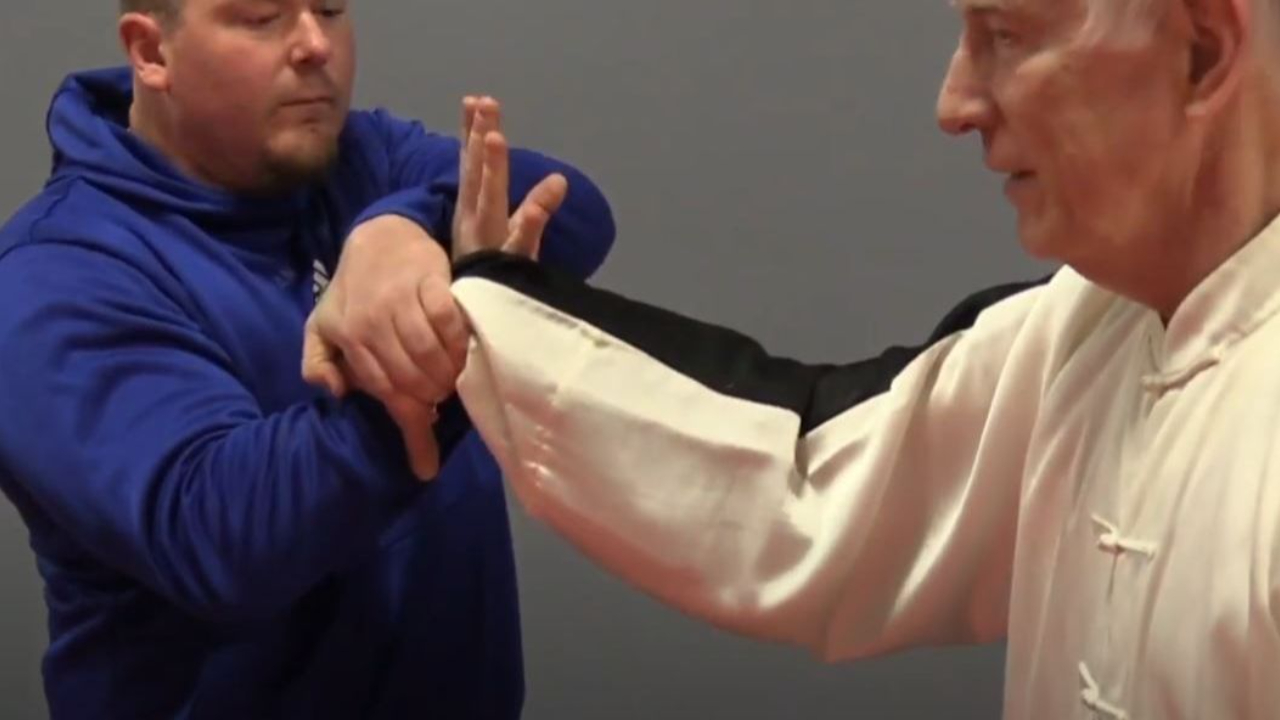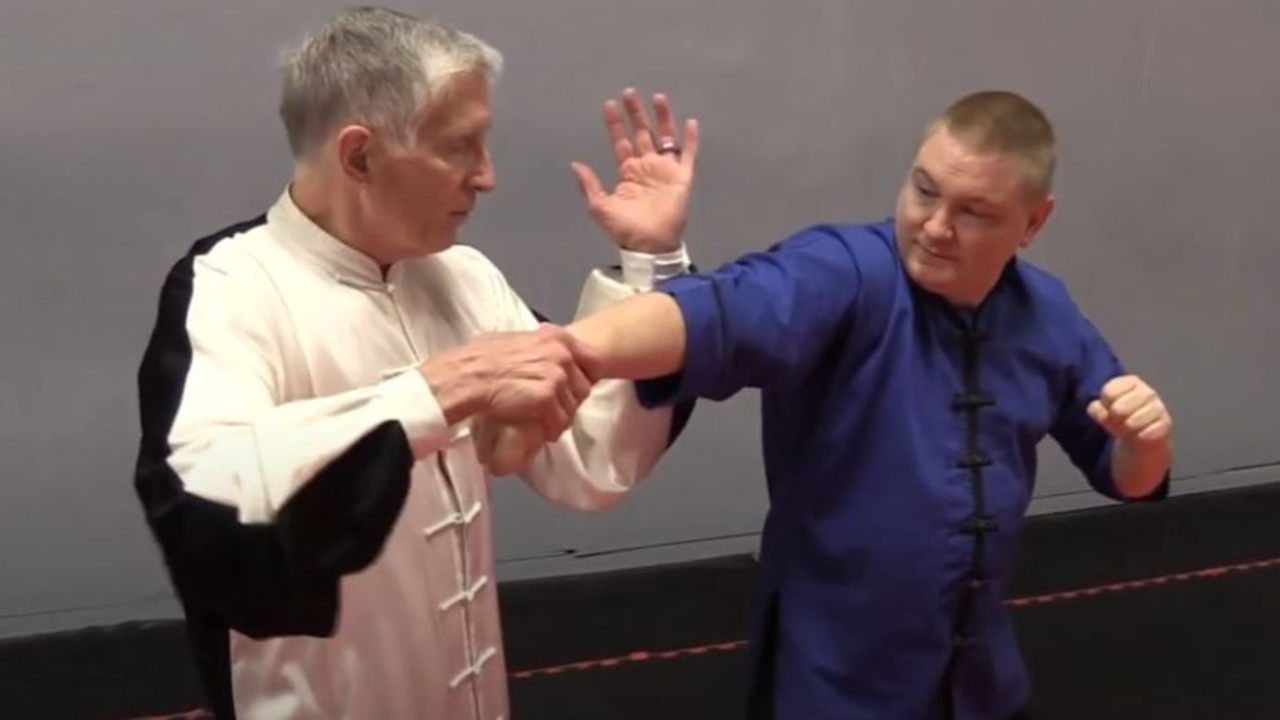Escaping from Joint Locks Using Tai Chi Energy Concepts

There are valuable concepts in Taijiquan that make it a powerful art for self-defense. One of the interesting ideas is "taking the energy where it wants to go."
Last week, Colin and Justin and I recorded several escapes from Chin-Na joint locks. A longer version with more techniques and explanations is on my website for members, but I put together a shorter version for YouTube.
We are very serious about the internal arts but we have a lot of fun when we practice. I think it shows a bit on the videos we do. Please watch this and you'll learn something about how to escape from a joint lock. Silk-Reeling energy is very helpful against joint locks, and silk-reeling relies on other internal body mechanics, too. This is a narrowly focused video. It doesn't necessarily show how to "soften someone up" before escaping, or what to do as a follow-up, but the information here will be helpful in the real world.
10 Quick Ways to Break or Lock an Elbow with Chin-Na Joint Locks

Most traditional martial arts styles give names or numbers to joint-locking techniques. In Chinese chin-na (also spelled qinna), we have names such as "Half Moon," or "Push the Boat Down the Stream." I have always loved these descriptive, poetic names, but sometimes they get in the way.
The best way to learn chin-na is not to memorize names and techniques. The best way is to look at principles -- look at the way joints move -- and then do free-flowing sparring exercises and push hands to practice recognizing opportunities for joint locks when they arise in a fight.
IMPORTANT RULE FOR CHIN-NA:
When someone attacks you, you will NEVER be able to say, "I'm going to get that guy in an Outside Wrist Twist." If that is what you are planning, he will probably knock you out while you are looking for your opportunity.
The best plan is no plan. And that is what practice is for.
You practice with this goal in mind: you want to be able to recognize opportunities for joint locks that arise dur...
Tai Chi's Single Whip - Silk-Reeling and Connected Internal Strength

Single Whip is a common movement in all styles of Tai Chi (Taijiquan) and, like all Taiji movements, it depends on some key internal body mechanics that give you relaxed strength. The body mechanics include:
-- Establishing and maintaining the ground path through all movement, including stepping.
-- Establishing and maintaining peng jin, an expansive force that is a physical skill (not mystical).
-- Whole-body movement -- when one part moves, all parts move, and they are connected through the body from the ground.
-- Silk-Reeling energy -- not actual "energy," but a spiraling movement that is another physical skill.
-- Dan T'ien rotation that is the center of all movement.
-- Opening and closing the kua.
There are many other skills and principles, but if you don't have these basic concepts, you aren't going to get very far in Taiji.
I'll show you a self-defense technique that you can practice with a partner using the opening part of the Single Whip movement, when you spiral ...
Martial Artists - Are You Making This Mistake with Your Body Mechanics?

Martial artists with any experience at all believe they're generating a lot of power with their movements. In my first kung-fu class as a student--way back in September, 1973--we stood and punched, snapping our hips with the punch to add power to the technique.
As I've studied and taught the internal arts, I had to learn body mechanics that are very different from the other kung-fu, taekwondo, and boxing instruction I had received in the past.
A little over a week ago, I held a workshop for all martial artists on the fighting applications of the Chen Tai Chi 38 form. Attendees included students and teachers from a wide variety of arts, from Shaolin and taekwondo to a Yang style teacher. There were white belt students and very high-ranking black belts.
And almost every one of them made one mistake. I knew they would, because everywhere I go--every martial artist I meet--makes this mistake.
Their movements are not connected from the ground through the body.
Here are some photos ...
